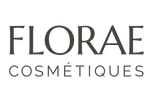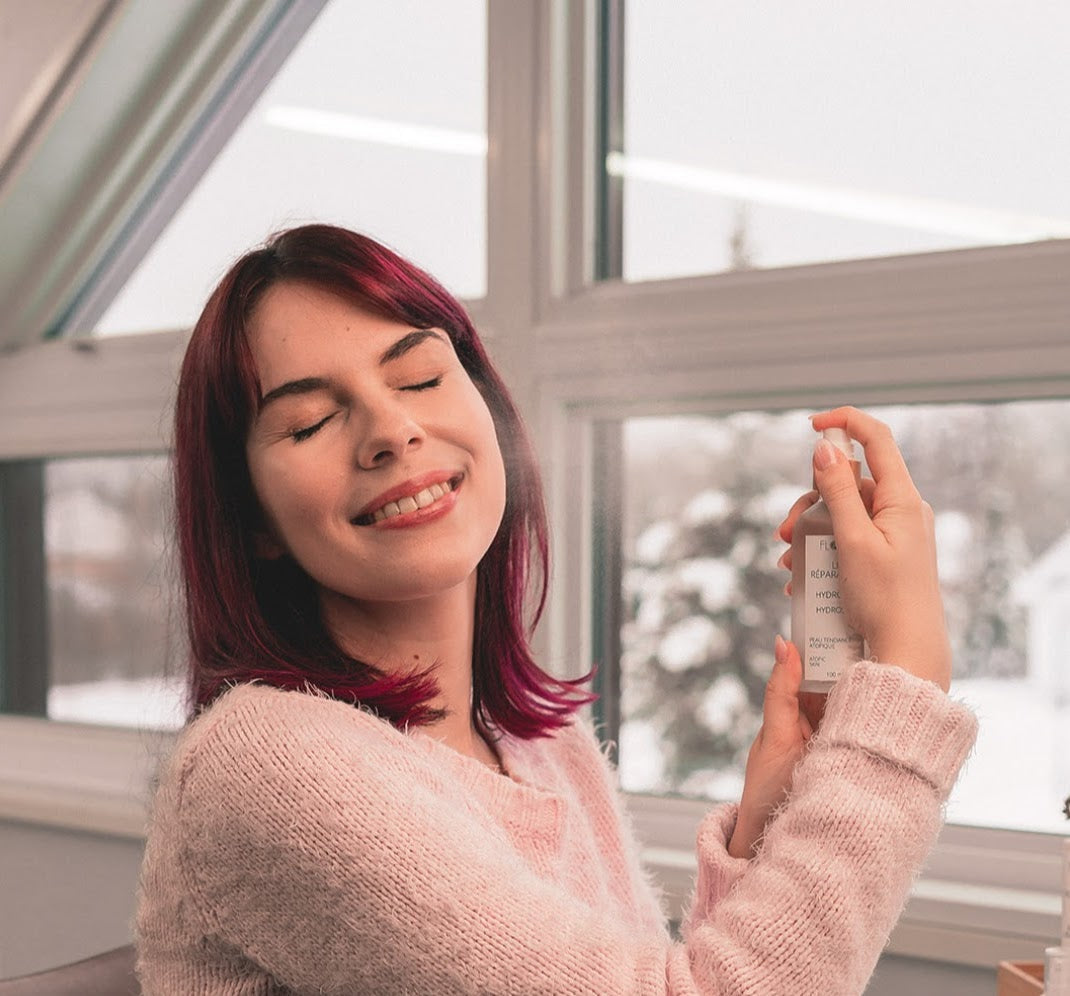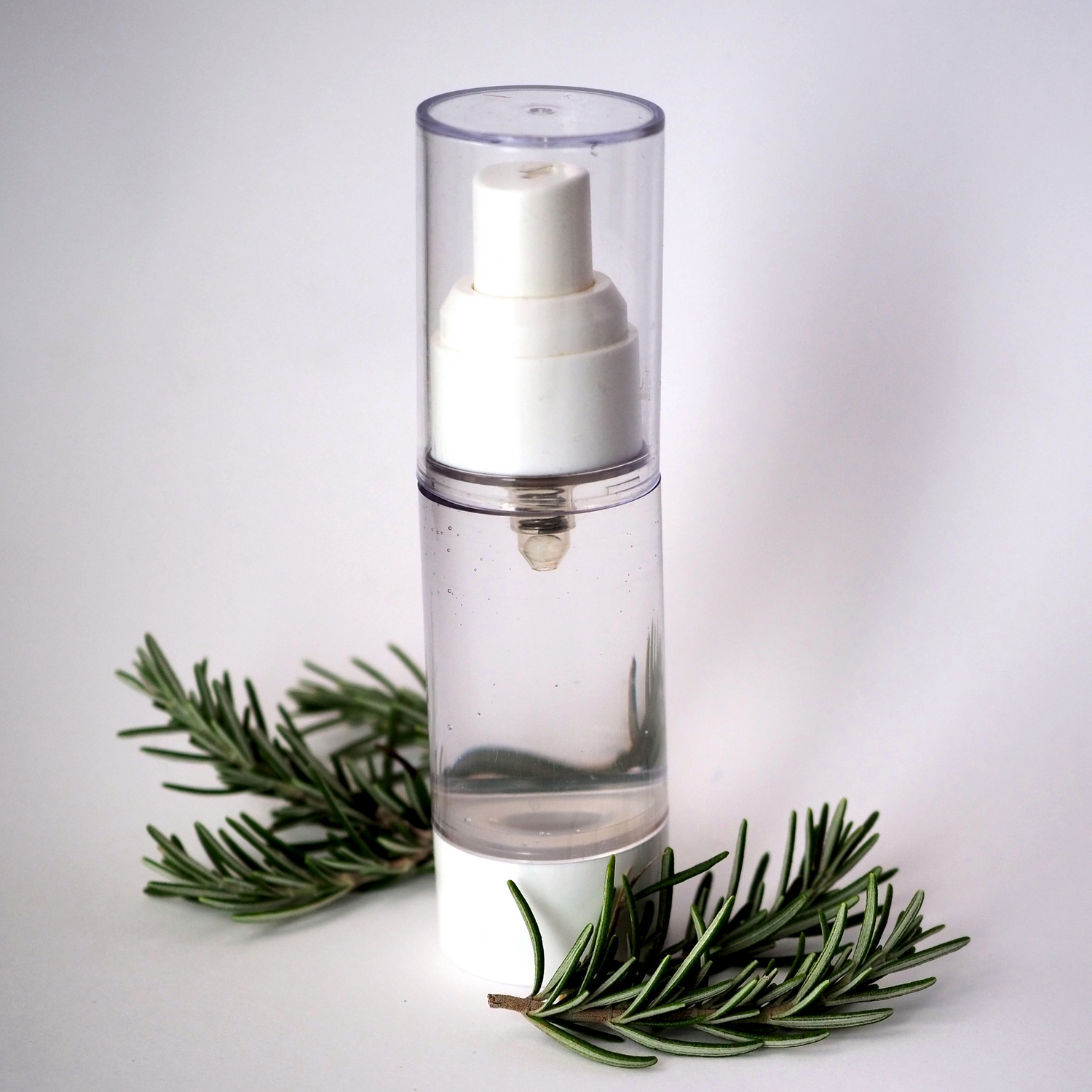Preservatives in cosmetics are ingredients added to beauty products to prevent the growth of microorganisms, such as bacteria, mold, and yeast, which could cause health problems. They are necessary in formulas that contain water, such as creams, lotions, and gels. However, many preservatives used in cosmetics are controversial because of their negative impact on health. Some people will think, "If there's not 100% proof, I'm not going to worry about it," and others, like me, will think, "Why take a chance when there are other alternatives that are known to be 100% safe?" If you're like me, keep reading this article to help you choose products with healthy preservatives.
First of all, here are the potential risks:
Harmful effects on human health:
Skin irritations : Some preservatives, such as phenoxyethanol, methylisothiazolinone, and formaldehyde, have been associated with allergic skin reactions, irritation, and itching in some sensitive individuals.
Endocrine disruptors : Parabens, a common group of preservatives, have raised concerns due to their potential to disrupt the human hormonal system by mimicking natural hormones. While research is still ongoing, some studies have suggested a possible link between parabens and hormonal problems.
Severe allergic reactions: Methylisothiazolinone (MIT) is a preservative that can cause severe allergic reactions, sometimes with serious symptoms such as severe itching and rash.
Toxicity: Formaldehyde, particularly when present in certain products in the form of derivatives, is classified as a probable human carcinogen by some regulatory agencies. It can also be harmful if inhaled or swallowed.
Harmful effects on the environment:
Aquatic toxicity : Some preservatives, once released into the environment, can be toxic to aquatic wildlife and aquatic ecosystems. They can disrupt marine organisms and food chains.
Bioaccumulation: Some preservatives, such as parabens, have been detected in water, sediments and marine organisms, which can lead to their bioaccumulation in the food chain and have long-term repercussions.
Antibiotic resistance: Some preservatives, when present in significant amounts in the environment, can contribute to antibiotic resistance in bacteria, posing risks to human health.
Slow degradation: Some preservatives can be persistent in the environment, taking time to degrade, which can lead to continued accumulation of these substances.
Here are some preservatives considered safe for humans:
There are different types of preservatives that are considered safe.
Synthetic preservatives are the most commonly used, and natural preservatives are more expensive but more environmentally friendly. This is not an exhaustive list, and you may find other healthy preservatives by doing your research.
Broad-spectrum natural preservatives:
. Dermasoft pentiol eco or pentylen glycol
.Plantaserv Q or naticide
Natural antimicrobial preservatives (must be combined with other preservatives as they do not cover molds and yeasts):
Grapefruit seed extract
Elderberry extract
Synthetic preservatives:
Potassium sorbate
.Geogard Ultra
.Geogard ECT
Here are the preservatives to avoid:
.Phenoxyethanols (often used to replace parabens) also known as 2-phenoxyethanol, 2-hydroxyethylphenol, Ethylene glycol monophenyl ether, Phenoxetol. .Benzyl alcohol or Alpha-Hydroxytoluene, Hydroxytoluene, Alpha-toluenol, (hydroxymethyl)ben zene, Benzoyl alcohol, Phenylcarbinol, Benzenemethanol, Phenylmethyl alcohol, Benzenecarbinol, Phenylmethanol. .Parabens, also known as Methylparaben, Ethylparaben, Propylparaben, Butylparaben, Isobutylparaben, Phenylparaben. .Formaldehydes and its derivatives, Methanal, Formalin, Methylene glycol, Oxomethene, Methanalene and Quaternium-15 or DMDM hydantoin, which can release formaldehyde over time. .Methylisothiazolinone, which you might also find written as thiazolinone, 5-Chloro-2-methyl-4-isothiazolin-3-one, Neolone 950, Octylisothiazolinone, and MI. Oxybenzone or Benzophenone-3, the chemical name for oxybenzone and the name most commonly used in product ingredient lists. Hydroxy-4-methoxybenzophenone, another chemical name for oxybenzone. Eusolex 4360, a trade name sometimes used for oxybenzone and Mexoryl SX. .Triclosan can also be used as a preservative because it has antifungal and antibacterial properties.
I know, it's really not easy to find your way through all this, but I'm convinced that you can do it. The longest part will be the search for good products. Once you've spotted brands that use healthy ingredients, including preservatives, try them and if you like them, don't let them go :) It's your turn!!!







